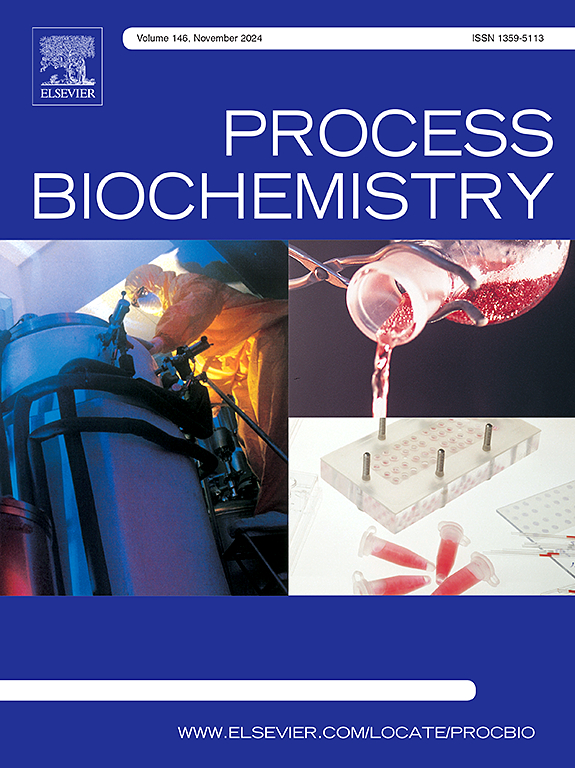Effect of hydraulic retention time on microbial electrolysis cell treatment of high-strength primary sludge-based blackwater
IF 3.7
3区 生物学
Q2 BIOCHEMISTRY & MOLECULAR BIOLOGY
引用次数: 0
Abstract
Microbial electrochemical cell (MXC) technology shows potential for decentralized blackwater treatment in remote areas, such as space missions. MXCs use anaerobic microorganisms to break down waste organics into volatile fatty acids, which are converted to electrical current by anode-respiring bacteria. To optimize MXCs for blackwater treatment without chemical additions or pH adjustments for inhibition of methanogens, this study assessed the effects of hydraulic retention time (HRT) on high-strength synthetic blackwater treatment in microbial electrolysis cells (MECs). MECs were tested at HRTs of 12, 9, 6, and 3 days, with corresponding organic loading rates of 1.1, 1.3, 2.0, and 3.7 g COD/day-L. Current density increased from 34.5 A/m³ to 41.5 A/m³ as HRT was decreased, but COD conversion to electricity decreased from ∼20 % to less than 10 %. Lower COD conversion at shorter HRTs was due to insufficient propionate degradation, as propionate-degrading microorganisms were scarce. The microbial community in the suspension was more diverse at longer HRTs, but became specialized at shorter HRTs, with an increased presence of hydrolytic bacterium Bacteroides. Biofilm communities tolerated low pH, and included electroactive microorganisms such as Geobacter and an unidentified genus in the Geobacteraceae family.
求助全文
约1分钟内获得全文
求助全文
来源期刊

Process Biochemistry
生物-工程:化工
CiteScore
8.30
自引率
4.50%
发文量
374
审稿时长
53 days
期刊介绍:
Process Biochemistry is an application-orientated research journal devoted to reporting advances with originality and novelty, in the science and technology of the processes involving bioactive molecules and living organisms. These processes concern the production of useful metabolites or materials, or the removal of toxic compounds using tools and methods of current biology and engineering. Its main areas of interest include novel bioprocesses and enabling technologies (such as nanobiotechnology, tissue engineering, directed evolution, metabolic engineering, systems biology, and synthetic biology) applicable in food (nutraceutical), healthcare (medical, pharmaceutical, cosmetic), energy (biofuels), environmental, and biorefinery industries and their underlying biological and engineering principles.
 求助内容:
求助内容: 应助结果提醒方式:
应助结果提醒方式:


